
For you, your family, and any surviving pets.
Yes, chinchillas do mourn the loss of their friends.
In addition to the emotional difficulty, you also have a physical problem.
The corpse and what to do with a dead chinchilla.
That’s what we’re going to help you with today.
Keep reading to learn how best to dispose of a dead chinchilla and how to make sure everything is properly cleaned afterwards. You have enough to deal with, without having to worry about contamination, etc.
Contents
What To Do With A Dead Chinchilla
If you are at home when your chinchilla dies, the best option is to bury it. If you are at the vet’s clinic when your pet dies, ask if they can arrange to have it cremated.
In any case, and however sad it may be, you must ensure the safe and hygienic removal of your dead chinchilla. You must also disinfect everything in the cage for the safety of your other chinchillas, if you have others. Here are the detailed steps to take after your chinchilla dies.
Ensure Its Safe Removal From The Cage
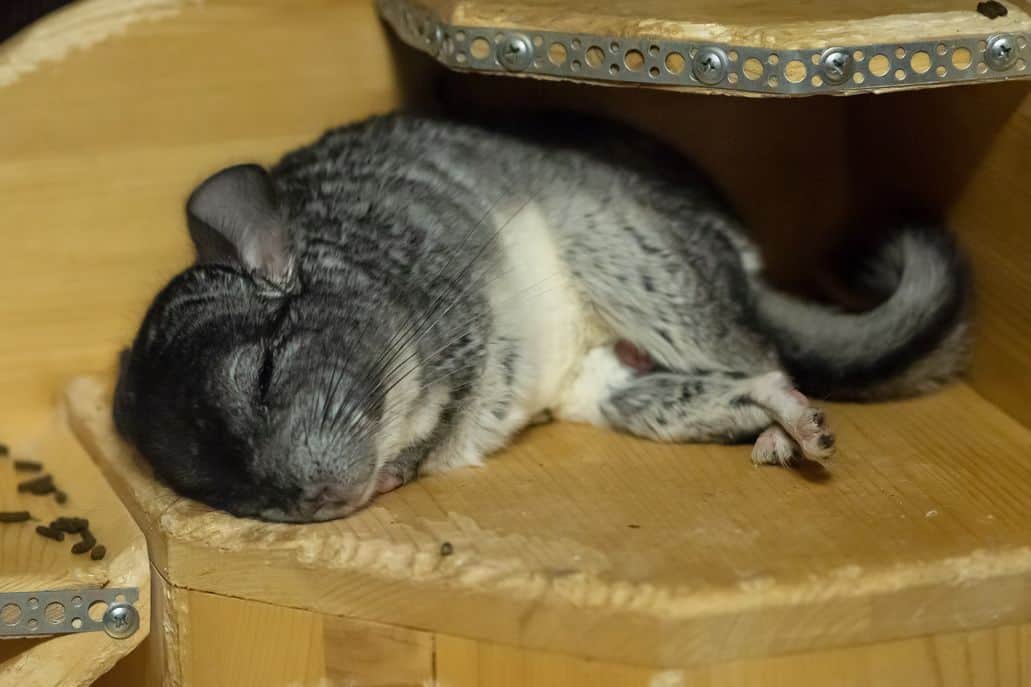
Use a pair of gloves to remove your dead chinchilla from its cage. This is important to prevent getting infected, in case your chinchilla has died due to a bacterial infection.
Even if that is not the case, it is still important you use gloves to handle the dead chinchilla. This is important to prevent health hazards.
Safely Bury Your Chinchilla
At home, the best option for disposing of a dead chinchilla is burial. You can pick a spot in your yard to dig a hole that is at least 3 feet deep.
First, you need to wrap up your chinchilla. You can use a sealable plastic bag, a soft cloth (handkerchief), or a tiny box. You could even use a decorated urn if you have one available.
If you want to do something special for your beloved pet, go for specially designed caskets for small animals like hamsters and chinchillas.
Now you can bury your chinchilla. Make sure the hole is at least 3 to 4 feet deep, so wild animals cannot dig out the buried chinchilla.This is a good time to say goodbye to your furry companion. If needed, you can have a small memorial for your pet.
At The Vet’s
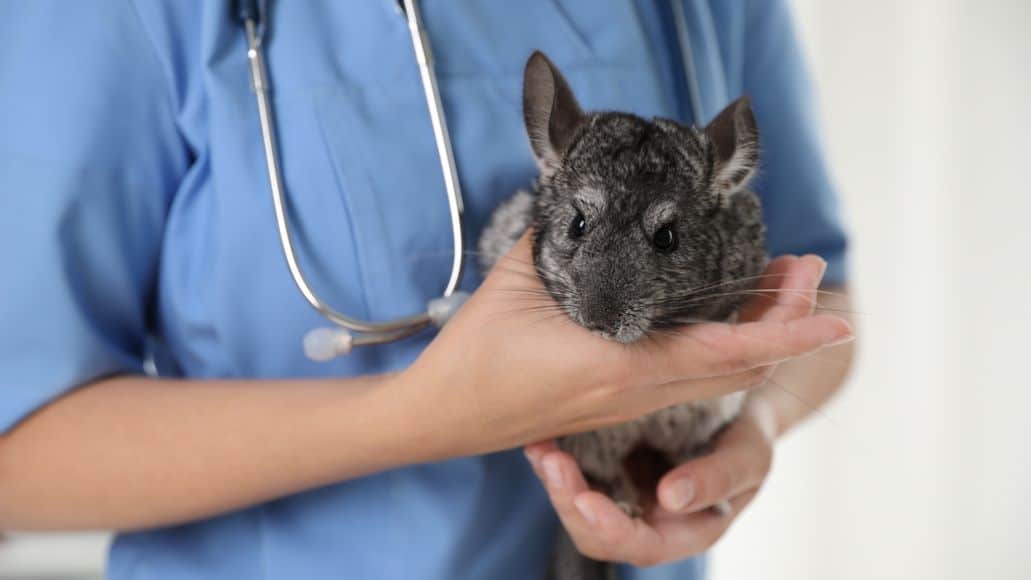
If your chinchilla has been sick and hasn’t responded to treatment, it may have to be euthanized. This can be a painful decision to make, but it is important to end your pet’s suffering.
You can take your euthanized chinchilla back home for a proper burial or have the vet cremate it. Some vets give you the ashes of the cremated pet in a small urn for you to take back home.
Cleanup
After the funeral, you need to clean your pet’s cage. This is important for your remaining chinchilla(s), if you have any. Even if you don’t, it is still a good idea to clean the cage, especially if you plan to reuse it or sell it.
- Protect yourself with gloves, goggles, and overalls.
- Relocate other chinchilla(s) to a temporary enclosure or playpen.
- Dismantle the cage. Remove all toys, accessories, chew blocks, etc.
- Discard food, hay, etc.
- You can wash the cage, and toys/accessories under running hot water or spray them down with a pet-safe disinfectant. (Do not use full-strength bleach or chemical cleaners; these can harm your chinchillas.)
- Wipe the cage and accessories dry.
- Wash and dry the food and water bowls or bottles.
- Replace the toys and accessories.
- Fill the food and water bottles with fresh food and water and place them back into the cage.
- Place your chinchilla(s) back inside the cage.
What To Do For A Dying Chinchilla
Chinchillas make loving pets, but if your pet is old or diseased, you need to recognize the signs of impending death and learn to deal with the loss. You also need to take steps to make your dying chinchilla comfortable.
First Recognize The Signs Of A Dying Chinchilla
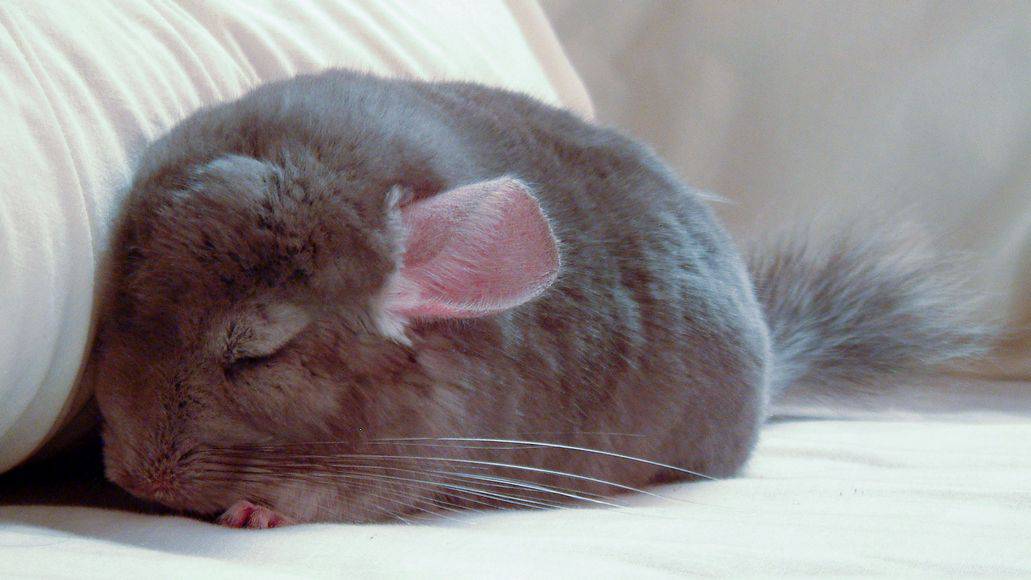
Some signs that a chinchilla is dying include:
- Dull eyes
- Lack of appetite
- Inactivity or lethargy; sleeping all the time.
- Thinning fur
- Behavioral changes like urinating in the nesting area, excess vocalization
- Signs of pain or discomfort
Talk To Your Vet
Speak to your vet and consider ending your chinchilla’s suffering. Euthanasia is a painless procedure, and vets know how to make your dying chinchilla as comfortable as possible.
Prepare Your Family Members
Prepare the children and other family members for the process. You need to be honest with them.
Keep Your Chinchilla Comfortable
Provide your chinchilla with soft bedding to sleep on. If needed, you can separate it from the rest of the cage mates so it can sleep. Put your buddy’s favorite toys, food, and chewing blocks in the cage.
Do Not Handle It Too Much
If your chinchilla keeps hiding or does not leave its nesting area, it could be in pain. Avoid handling it too much, as that could stress it further.
Feed It Special Food
Your vet might prescribe special food depending on your chinchilla’s condition. For example, in case of dental issues, you need to grate fruits and vegetables or soak the hay pellets in warm water to soften them before feeding.
What Causes Chinchillas To Die?
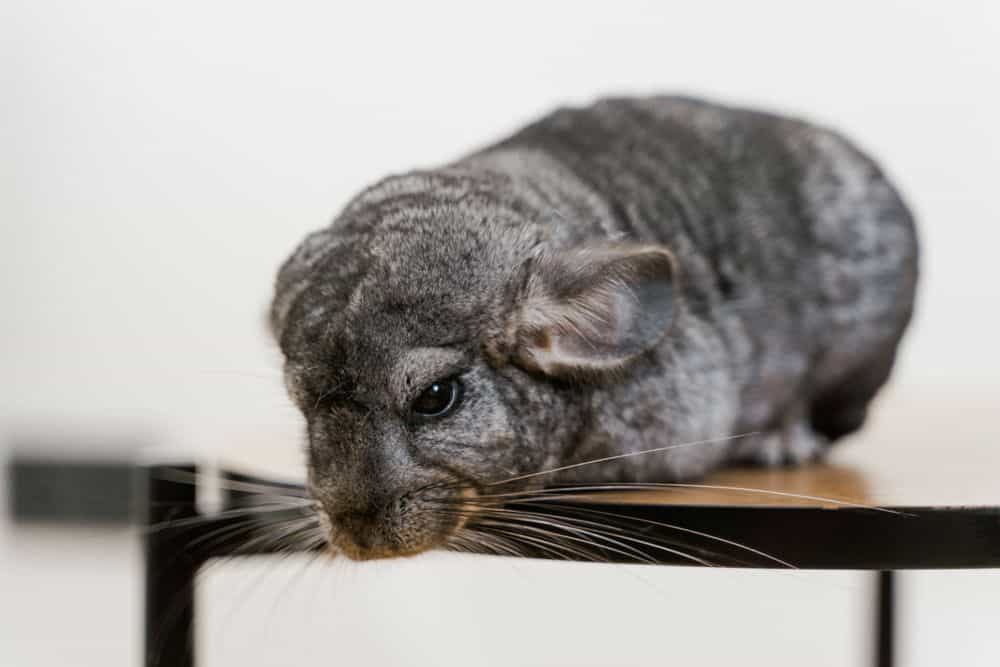
Like all animals, chinchillas can die for any number of reasons. But they do not die as easily as most other rodents. Here are some common causes of death in chinchillas.
Gastrointestinal Infections
Healthy chinchillas that develop acute gastrointestinal infections could die within 12 to 15 hours. Most of them develop diarrhea before dying.
Intussusception
This is another deadly condition that can cause unexpected death in chinchillas. The liver and spleen are enlarged, and the abdominal cavity gets filled with gas and liquid. This causes ‘strangulation’ of the organs.
Volvulus
This condition causes twisting or knotting of the bowels and results in intestinal blockage. Acute indigestion, bloat, fights, and giving birth can result in volvulus in chinchillas.
Other Conditions
Heat strokes, respiratory issues, and infections like listeriosis can also cause death in chinchillas.
Do Chinchillas Mourn And Grieve?
Chinchillas do mourn the loss of their cage mates. They might sleep more than usual, not eat, and even show other behavioral changes like excess vocalization, aggression, etc.
It is important to clean the cage thoroughly to remove the scent of the dead chinchilla. Make sure your surviving chinchilla gets extra cuddles and plenty of human interaction. Keep an eye on it. If it is running and playing normally, you need not worry.
On the other hand, if it remains inactive or skittish for a prolonged period, you could consider getting it a new companion. Just make sure to introduce them gradually.
Can Chinchillas Die From Loud Noises?
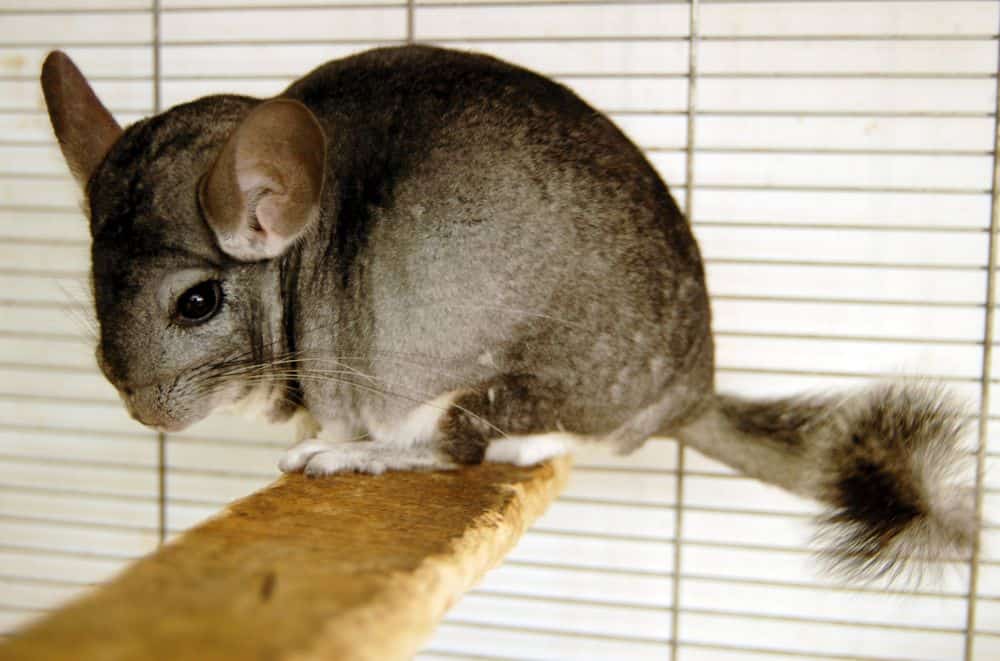
No, this is a common myth about chinchillas. Chinchillas tend to get stressed due to loud noises, but they do not drop dead because of them.
However, you should still keep your chinchilla’s cage or enclosure in a quiet part of your home, so your pet won’t be disturbed by loud noises. This is not out of fear of your pet dying, but rather to keep it comfortable.
Remember: loud noises can stress your delicate pet. Chronic long-term stress can cause a host of health issues in chinchillas.
What To Do When A Chinchilla Dies: Final Thoughts
Knowing what to do with a dead chinchilla makes dealing with the loss of your beloved pet slightly easier. It is still a horrible thing to deal with (I know, I’ve lost a chinchilla), but at least you don’t have to worry whether you are dealing with the body and the cleanup correctly.
Simply follow the guide above and you will be just fine. In the end, you mainly need to bury or cremate the body and clean the cage completely. And make sure you protect yourself from any diseases chinchillas may carry, and protect against cross-contamination, with gloves, etc.
Leave a Reply